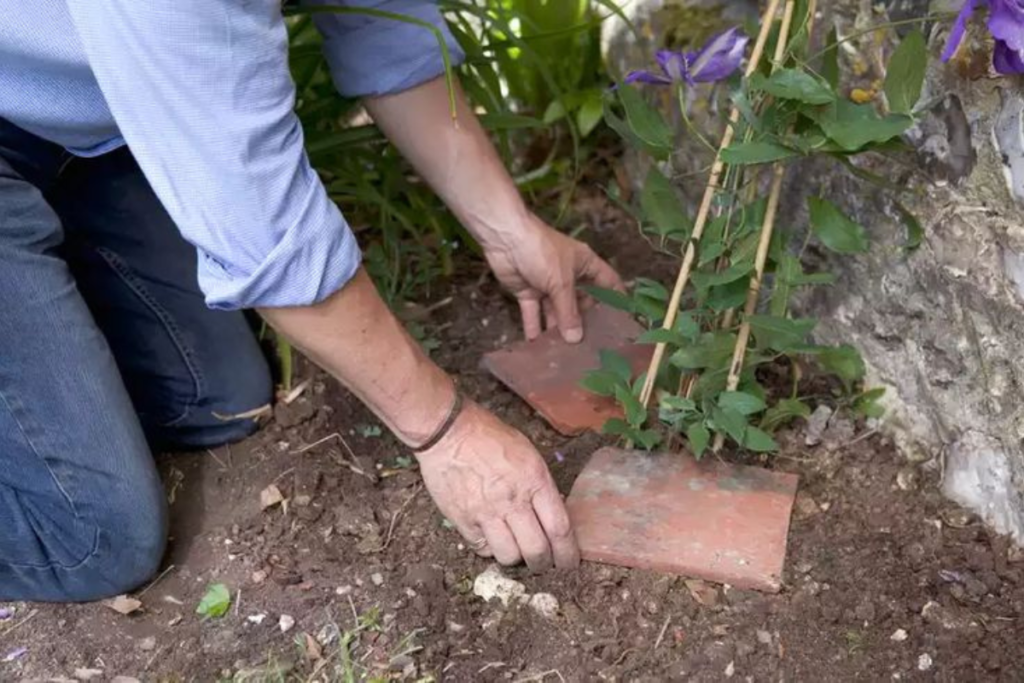Clematis, known for their vibrant blooms, thrive when pruned correctly. The key to beautiful, healthy clematis lies in understanding the right timing and methods for cutting, which varies depending on the variety. Here’s a comprehensive guide to pruning clematis for optimal growth and maximum blooms.
Understanding Clematis Pruning Groups

Clematis plants can be divided into three pruning groups, based on their flowering patterns and growth habits:
- Group 1: Light Pruning
- This group includes clematis species that bloom on old wood, such as Clematis alpina and Clematis montana. These plants do not require heavy pruning. However, if needed, prune them lightly after flowering in late spring, around May. Cut back any overgrown stems or those with declining blooms to encourage new growth.
- Group 2: Pruning Half the Growth
- Many hybrid clematis bloom twice a year—once in the spring on old wood and again in the summer on new growth. For these varieties, such as Jackmanii and The President, prune the plant back by about half in winter. This ensures a balance between spring and summer blooms, with stronger new growth resulting in more abundant summer flowers. Prune these in late winter or early spring to avoid damaging new shoots.
- Group 3: Hard Pruning
- Clematis varieties like Clematis viticella (Italian clematis) and other summer-blooming types flower on new growth. These varieties require a hard prune in late fall or early winter, cutting back the stems to 12-18 inches. This helps stimulate fresh, vigorous growth and more abundant blooms the following year.
Special Considerations for Newly Planted Clematis
Newly planted clematis should be pruned in their first year to help establish strong, healthy growth. In late fall, trim them back to about 20-30 cm (8-12 inches). This will encourage the plant to branch out and build a robust structure for future growth.
Expert Tips for Successful Clematis Care
Clematis expert Manfred Westphal shares his advice for clematis care in the podcast “Grünstadtmenschen – der Gartenpodcast.” With over 20 years of experience in growing and breeding clematis, he offers insights into the right varieties for different garden conditions and how to prune effectively for the best results.
